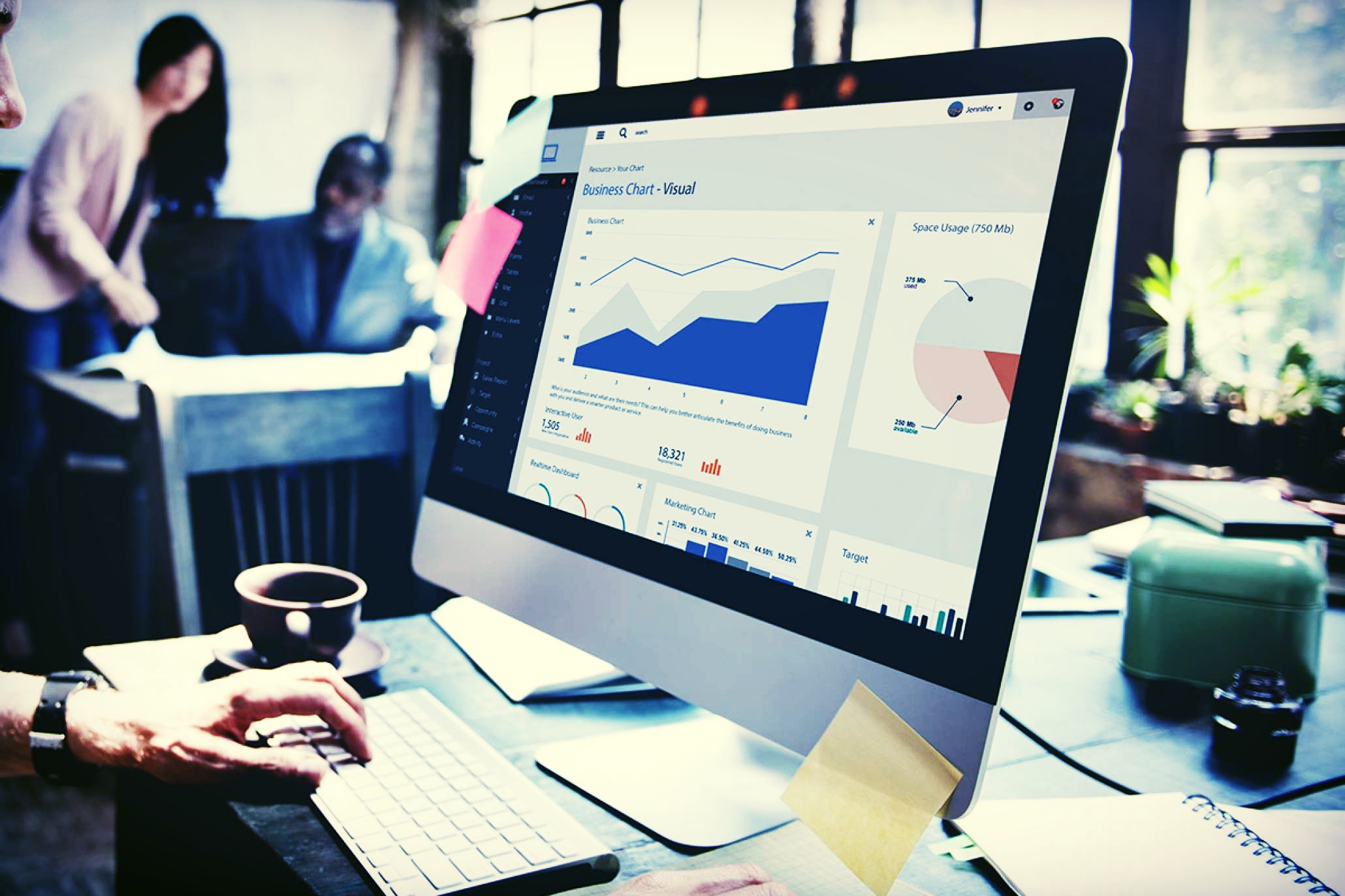
A COLLECTION OF THOUGHTS
Thoughts
&
Musings
Good Soil, Great Growth: Reflecting on My Time at the 2025 Good Soil Forum
This past week, I had the honor of serving as a panelist at the Good Soil Forum 2025 in Dallas, TX. Alongside Tyrome Smith and Adam Berk, we led a conversation titled "Numbers Don’t Lie: Mastering Data to Grow & Scale." What made this session truly powerful wasn’t just the content we delivered, but the intention behind it—to equip Black entrepreneurs with practical strategies to turn data into decisions and decisions into sustainable growth.
Lessons from Ancient Rome: The Critical Role of Data Science and Analytics in Modern Business
In the bustling streets of ancient Rome, fires were a constant and devastating threat. Amid this chaos, Marcus Licinius Crassus saw an opportunity. He formed a private fire brigade, but rather than rushing to extinguish the flames, his men would wait. Crassus would offer to buy the burning property at a fraction of its value. Desperate homeowners, faced with total loss, often agreed. Those who refused watched their properties burn to the ground, left with nothing.
Why Your Hard-Earned Knowledge Is Wasted on the Entitled
Hard-earned knowledge (though deep learning or life trials) is often squandered by those who feel entitled to it without the struggle. We must question who deserves our wisdom and challenge the reckless misuse of unearned understanding.
How W.E.B. Dubois Used Data Analytics to Tell the Story of Black Americans
Dubois had a rigorous and systematic approach to data collection, which he used to inform his research and advocacy on behalf of black Americans. In his work at Atlanta University, Dubois established a research program that collected detailed data on the social and economic conditions of black Americans in the South.
Dubois and his team used a variety of methods to collect data, including surveys, interviews, and observation. They collected information on a wide range of topics, including education, employment, housing, healthcare, and political participation.
Dubois was particularly interested in using statistical analysis to understand the social and economic conditions of black Americans. He believed that by using data to measure and document the extent of inequality and discrimination, he could more effectively advocate for change.
Dubois' work in data collection was groundbreaking for its time, and it set the standard for sociological research on race and inequality. His approach to data collection has been influential in shaping the field of sociology, and it continues to inform research on social and economic inequality today.
How Companies are Using Data to Provide Service During COVID-19
What is customer data and how can businesses use this to provide better services during the COVID-19 pandemic?
By now we hope you’ve heard of COVID-19, a strand of the coronavirus that has swept the world, resulting in many left indoors, self-isolating, and in many countries now under quarantine.
Small and large businesses all over the world have been forced to shut, with only essential stores such as supermarkets left open to reduce the spread of the virus.
However, some businesses such as restaurants are still allowed to provide takeaway services, some online stores are still delivering, and in some cases, other businesses are still operating but under strict social distancing measures.
This article will outline customer data and how you can use this to provide service during the COVID-19 pandemic.
Let’s begin by defining customer data.
Tools Of the Trade: Python
How your business can reap the benefits of using Python in 2019
There’s no doubt many businesses today struggle with the question of what programming language to use in running day to day affairs. Of course, everyone has his/her choice of preference when it comes to this subject. Therefore, settling to a unified language can prove to be more tasking than expected. This is made even more complicated if your team is made up of gen Z and gen x.
Surprisingly, this is a simple question that’s not supposed to crack your head or cause you sleepless nights. The answer you are looking for is Python. Here is why:
Understanding SQL in the Small Business Environment
Without doubt, virtually all businesses nowadays have migrated to online. For this reason, almost all the companies you come across, or you’ve heard about use SQL (Structured Query Language) in one way or another. Broadly speaking, SQL is a must language when we talk about data analysis simply because SQL is one of the most common data languages.
5 Steps to Getting Started With Big Data for Small Businesses
So, you must have heard something about big data. The information you received may have made it seem as though big data is only for large corporations.
Big data is large amounts of data sourced from a business’ activities. It is not normal data hence; it cannot be analyzed so directly. It is true that big data is more suited to large companies. However, this is because big data analytics are known to be costly and time-consuming.
Thankfully, times have changed and developments in business now make it possible for everyone to benefit from big data. As a small business owner, it is essential to take part in its great benefits. This is made possible by the application of suitable tools and techniques.
Read on to learn 5 effective steps to getting started with big data for your small business.
What is Big Data?
Big data is a term common to both large and small businesses. Almost every business owner has heard something about big data, but not all know what it really is.
Big data can be understood just as it sounds; it is data in large sizes. It is aptly defined as a large amount of data in both structured and unstructured forms. Big data is so named because it cannot be analyzed with traditional data processing methods or applications. It requires a different approach and software.
Companies value big data because it provides answers that increase the efficiency of a business.
Google Analytics VS Adobe Analytics
As a digital marketer, your success in this niche depends on a lot of factors which include your tools, and resources. There are several essential digital marketing tools available to guarantee efficiency and business success. One of such vital tools is a web analytics tool. Web analytics is described as the measurement, evaluation, collection, and reporting of web data to foster the understanding and optimization of a web page. Google analytics and Adobe analytics are the most popular web analytics tools on the market.










